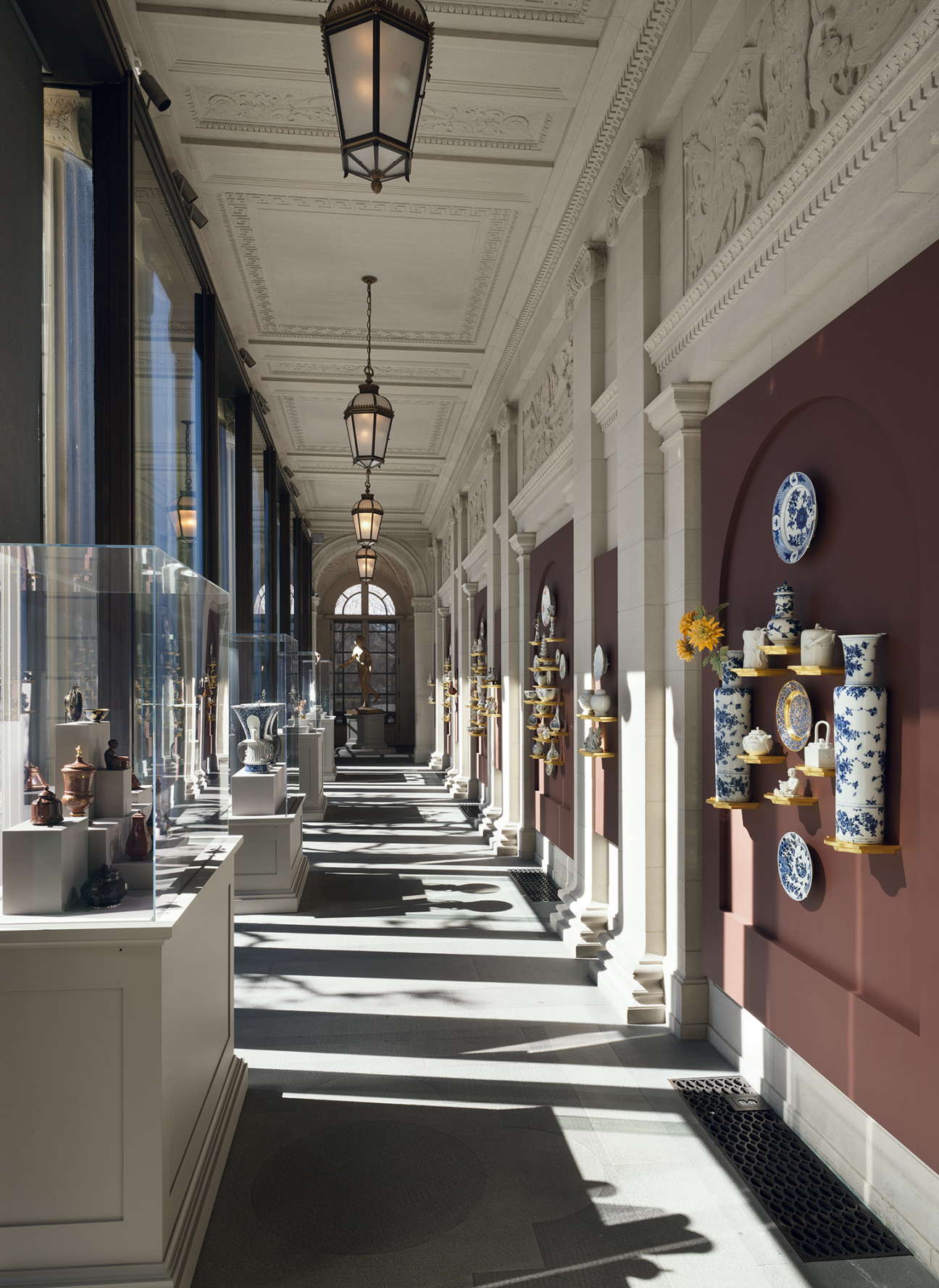
New York will see no fewer than three expanded museums reopen in 2025: the New Museum, the Studio Museum in Harlem, and the Frick Collection. Arguably the most tourist-friendly is the Frick, housed in the 1914 Beaux Arts mansion built by steel magnate Henry Clay Frick and converted into a museum in 1935. On April 17, it will throw its doors open to the public after a five-year, $220 million renovation.
Overseen by architect Annabelle Selldorf, it’s the greatest overhaul in the museum’s 90-year history and expands the galleries by 30 percent, including opening up second-floor spaces where the Fricks once lived and which previously served as offices. Other additions include the museum’s first-ever café, a 218-seat auditorium, and special exhibition galleries.
In other words, there’s a lot to take in. But at a jewel-box museum like the Frick, the pleasure is in the details. We surveyed the museum from top to bottom to select five delightful but easy-to-miss elements to seek out among the Vermeers, Rembrandts, and Goyas.
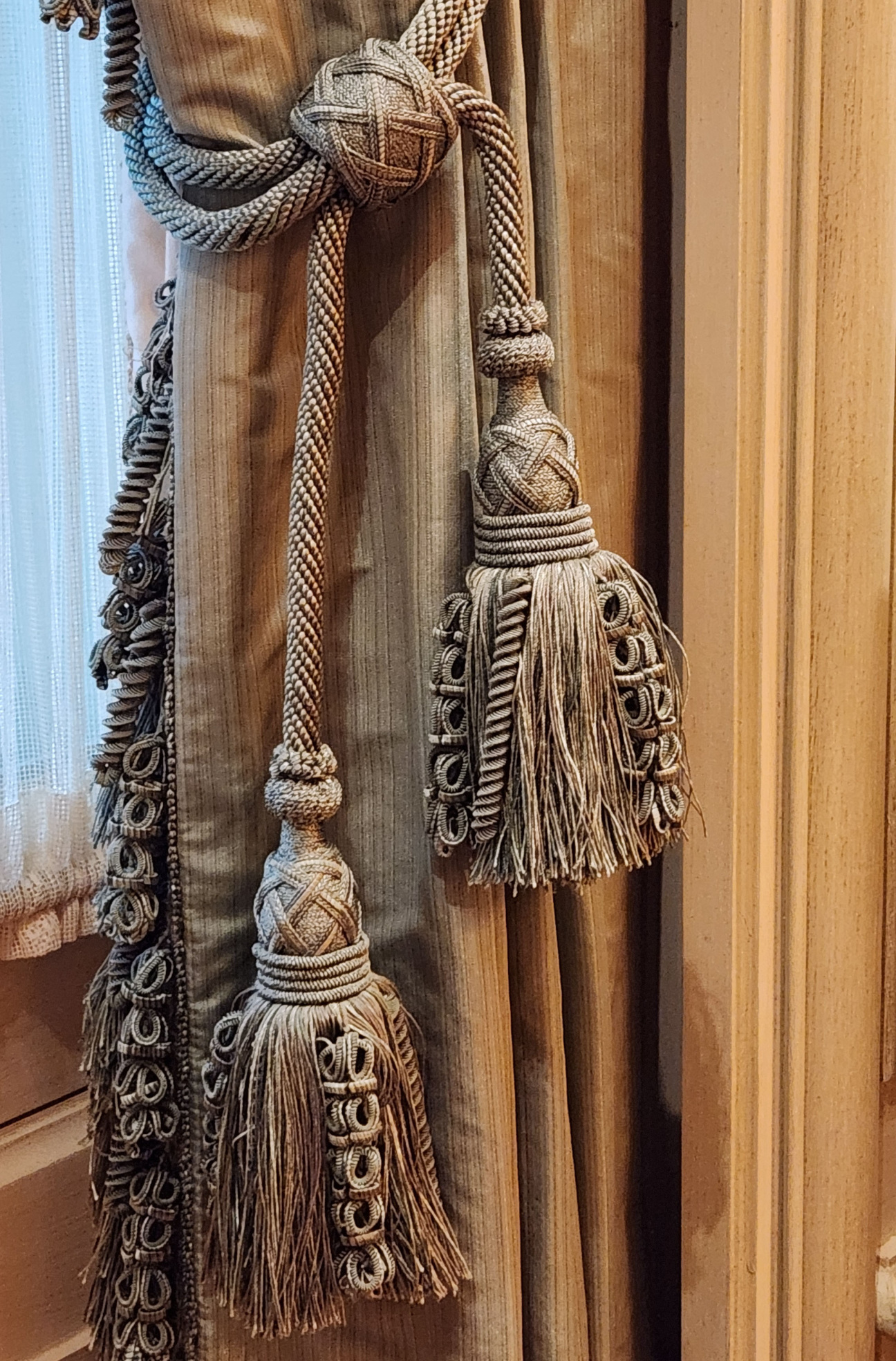
1. Material Richness Everywhere
At the Frick, you are surrounded not only by paintings, sculpture, and decorative arts, but also by another kind of material abundance: richly detailed tassels, trims, pompoms, and other decorative elements that adorn curtains, draperies, and the upholstery on the walls and furniture, all summed up by the French word passementerie.
Much of it is silk, a fabric that’s highly sensitive to light and moisture, and thus was overdue for replacement. To take on this work, museum staff located the Paris workshop Passementerie Verrier, one of the few that still makes these trims; the workshop remains largely unchanged over the last century. Keep your eyes open for the constant flow of visual richness.
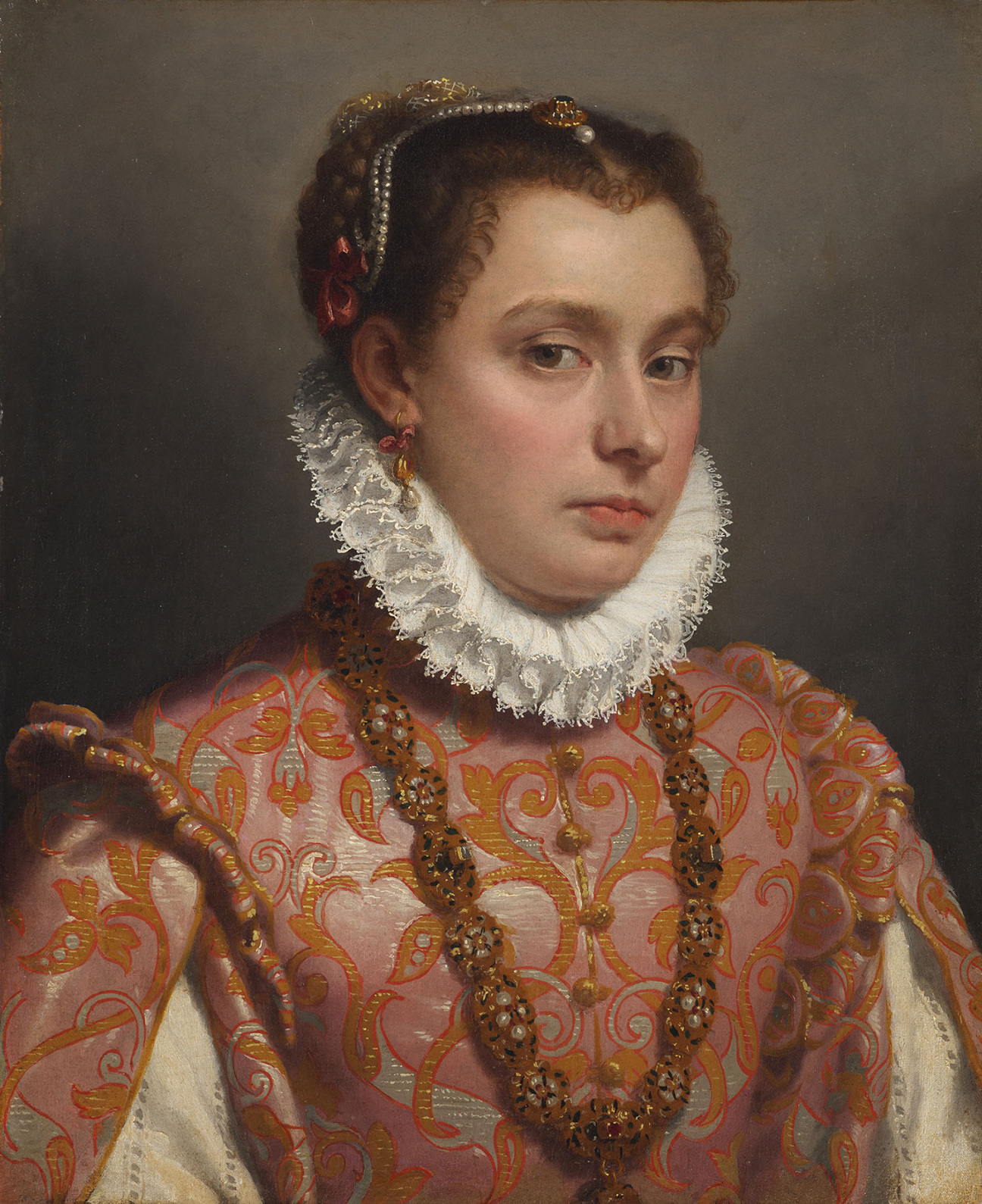
2. A Still-Growing Collection and a Delightful Side-Eye
You might think the Frick’s collection is static, reflecting only what was in the robber baron’s home at the time of his death in 1919. In fact, only about half the Frick’s 1,800 objects were picked out by the man himself. His family added to the collection, and it continues to grow through gifts and purchases. The most recent addition, a donation from software magnate Assadour O. Tavitian, hangs on the first floor: Italian artist Giovanni Battista Moroni’s ca. 1575 Portrait of a Young Woman.
The beautiful but unknown subject wears an ostentatious dress, apparently of brocaded silk with silver wire. It’s the museum’s first portrait of a woman from the Renaissance, and her intense, even confrontational gaze is uncommon among images of women of the time. I don’t know about you, but I’d go back in time to be the subject of that gaze.
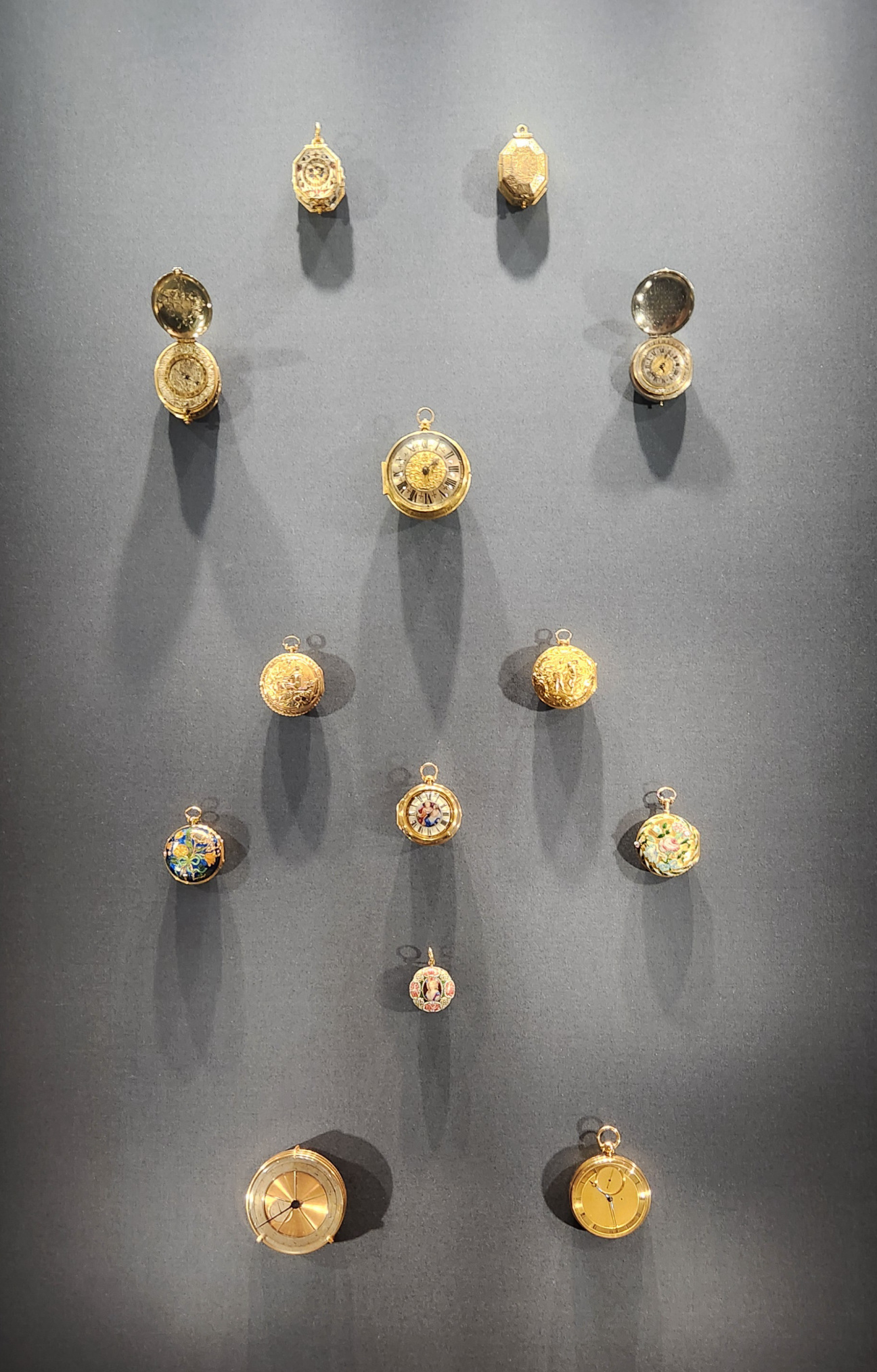
3. A Lot of Clocks and Watches
A wildly impressive collection of clocks and watches awaits you at the Frick. Getting far more real estate than before, they’re dispersed throughout the mansion and on display in a dedicated second-floor cabinet. A gift of timepieces from horologist, oil industry heir, and Andy Warhol "Screen Test" subject Winthrop Kellogg "Kelly" Edey established this as an area of strength for the museum in 1999.
Among the most showy is a nearly four-foot-high monster whose ebony, turtle shell, brass, and enamel cabinet is by cabinetmaker André-Charles Boulle and whose moving parts were made by Isaac or his son Jacques Thuret. Among the most curious are clocks that indicate both the 24-hour day and a 10-hour day; during the French Revolution, some felt that “decimal” time would be more logical, and these clocks were to be transitional, helping people make the switch.
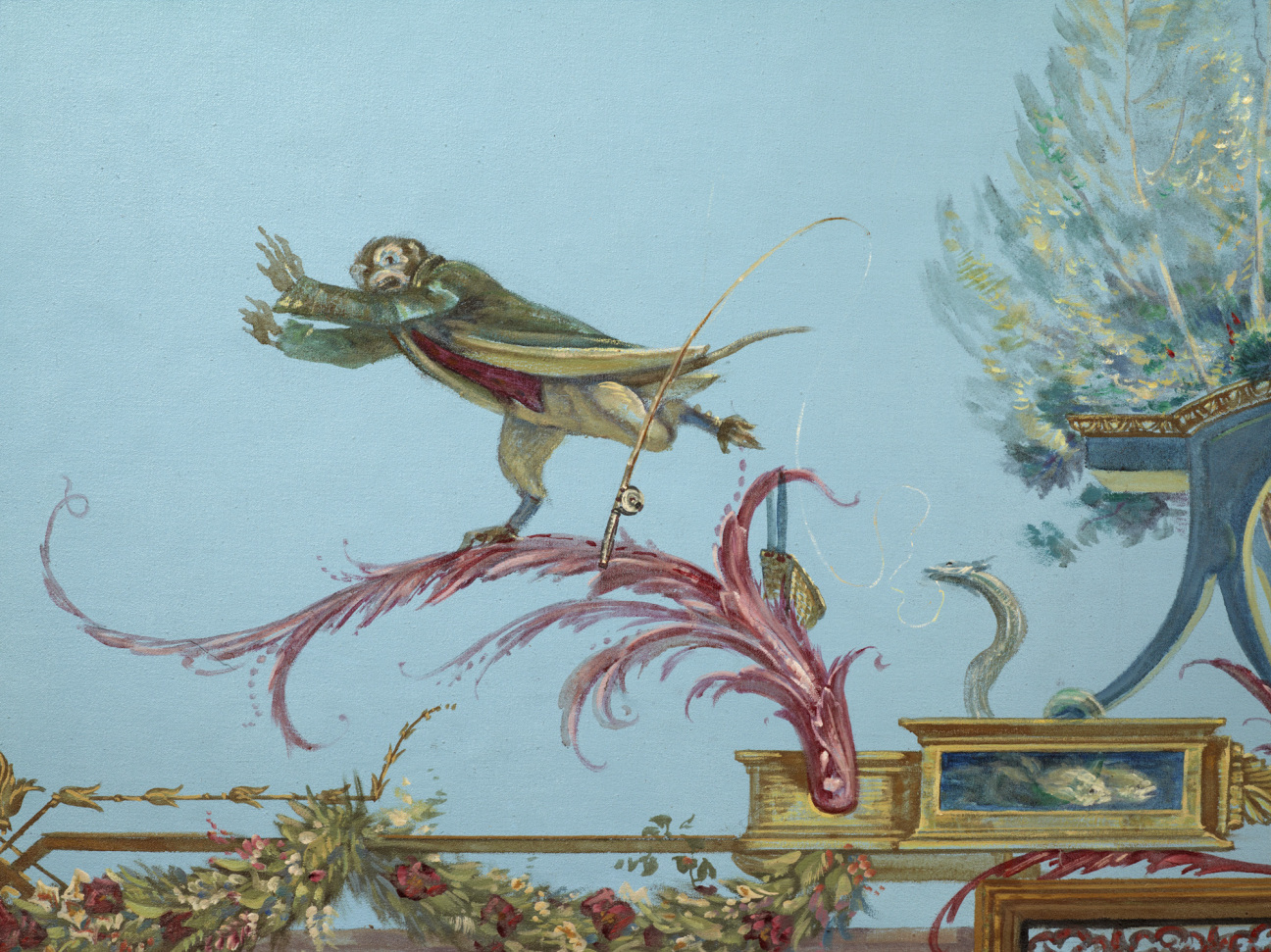
4. A Very Wild Ceiling Mural
Did you have, on your Frick reopening bingo card, two ceiling murals showing monkeys cavorting about in 18th-century dress? No? Well, that’s what you will get in the second-floor hallway, between the rooms where the Fricks slept. Painted ca. 1914 by John Alden Twachtman (son of American Impressionist John Henry Twachtman), they’re referred to as singeries (singe being French for monkey).
The fanciful paintings were likely commissioned by either the mansion’s architect, Thomas Hastings, or former actor Elsie de Wolfe, who, per The New Yorker, invented interior design as a profession and worked for the Frick family. For inspiration, Twachtman looked to singeries by Christophe Huet at the French prince’s Château de Chantilly. He delivered the murals, painted on canvas, to the home in 1914, and they are in an outstanding state of preservation.
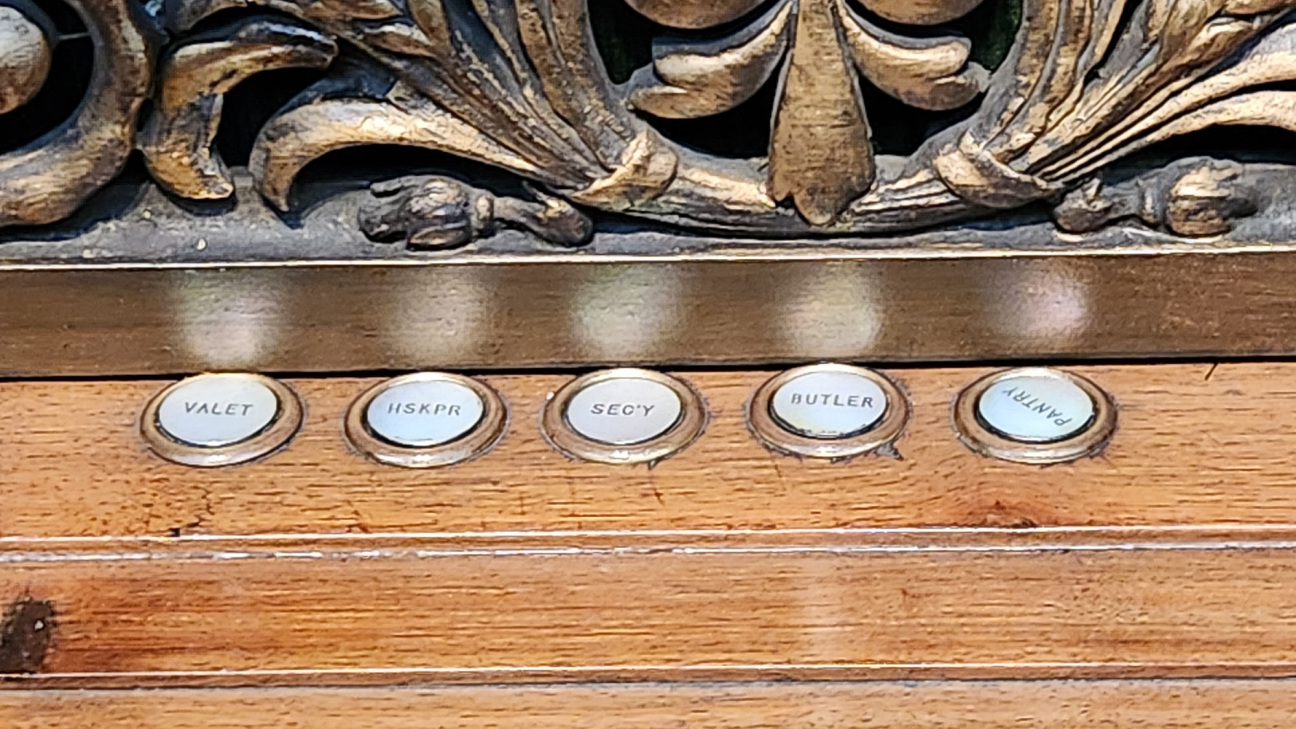
5. A Hint at the Family’s Luxurious Life
The grand West gallery—though not substantially changed—will still knock you out, with Vermeers, Goyas, and Turners galore. Almost hidden under the huge J.M.W. Turner landscape on the back wall, embedded in the wood paneling behind a couch, are a tiny window into the Frick family’s luxuriant life: five mother-of-pearl buttons that summoned, respectively, the valet, housekeeper, secretary, butler, and pantry staffers, who counted among the house’s 30-some workers.
Want to know more? Next year the museum will publish Untold Stories: Domestic Service at the Frick Mansion, 1914–31, by Frick educator Caitlin Henningsen and with a foreword by novelist Colm Tóibín. I’ve given many tours of the mansion—I worked there for a couple of years long ago—and few details make people’s eyes light up like these do.
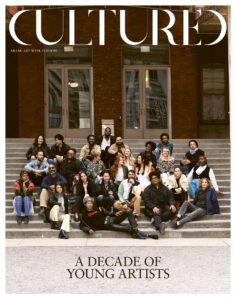
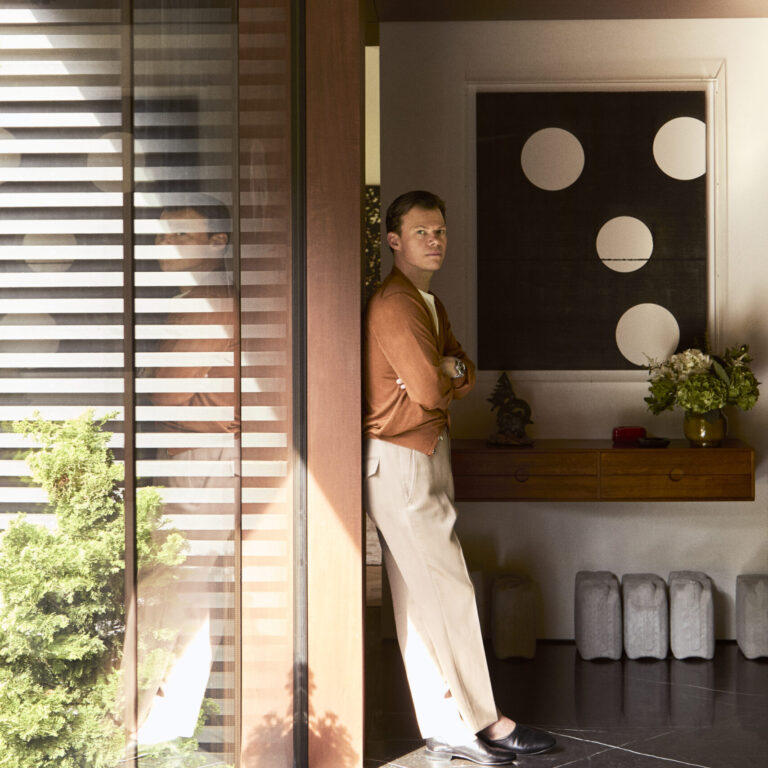

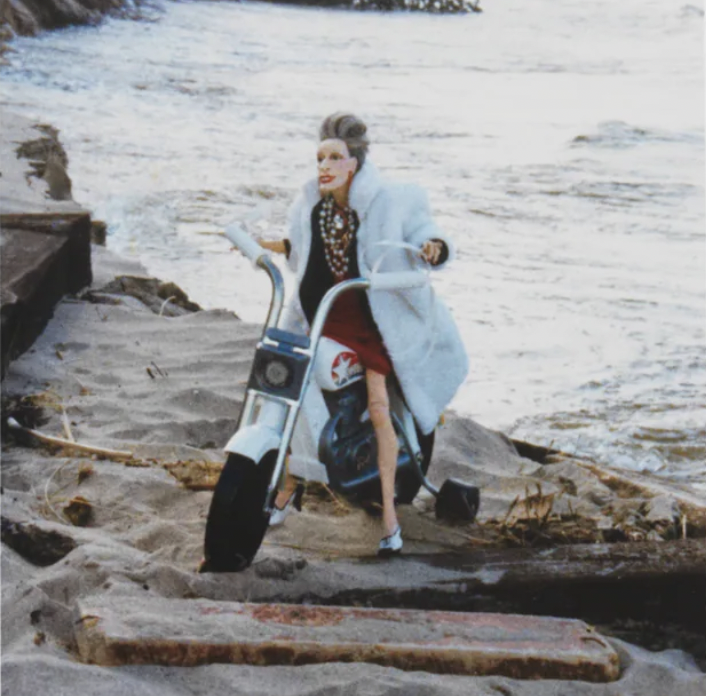




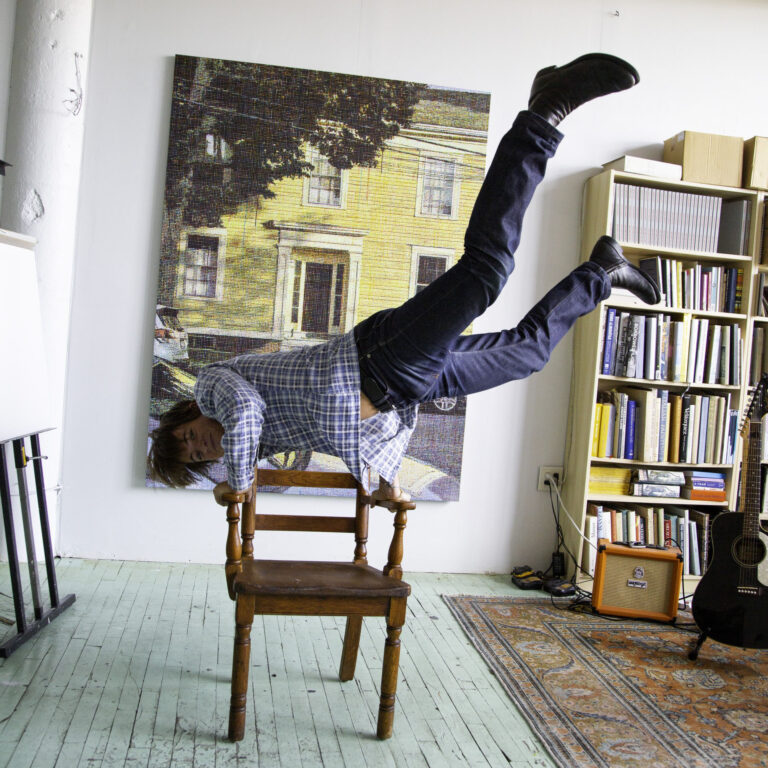

 in your life?
in your life?

